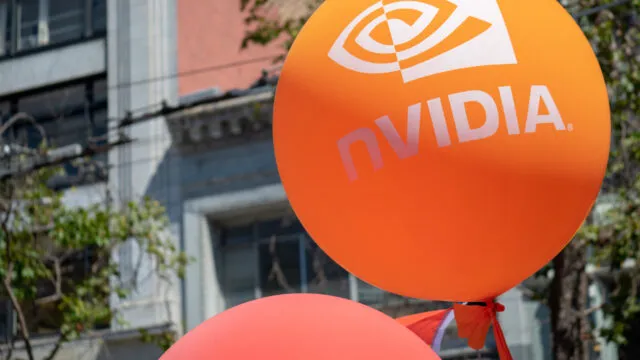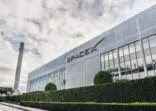Scottish headquartered investment firm Baillie Gifford was one of the earlier investment managers to meaningfully back Nvidia on the promise of its artificial intelligence (AI) semiconductor technology.
The firm first invested in Nvidia in 2016 when it was a modest $25bn sized company still battling to compete against larger rivals Intel and AMD. It has since grown to become the second largest company globally, with a $3.4trn market capitalisation.
During Nvidia’s meteoric rise however, Baillie Gifford’s US equity growth team has taken profits three times this year, most recently selling roughly 40% of the position before its most recent earnings announcement.
In an update, the team said their “optimism is tempered by emerging competition at less intensive performance points and by the particularly strong profit margins that Nvidia is currently earning.”
“We are also mindful of the cyclicality of the semiconductor industry,” they added.
Indeed, the industry has a long history of periods of booms and busts due to the long lead time in the manufacturing process and the cyclical nature of end demand.
But despite the recent selling, Nvidia remains a top-10 position for the team as they are “still enthusiastic about its prospects of being at the leading edge of accelerated computing chip design”.
Shares in Nvidia have risen 190% year-to-date and over 11-fold during the past two years as demand for its chips required for AI compute has skyrocketed.
The enthusiasm for AI has also led to other mega-cap technology stocks surging, albeit not quite at the same pace, over the past two years.
This has led to high concentration of the US equity market and concerns about the implications for future returns.
Market concentration
This recent market dynamic of high concentration at the top, echo past instances of market concentration, according to the team at Baillie Gifford, who cautioned investors against sticking to the index.
“The danger in this environment is that investors head to the benchmark, for safety,” they said. “We’re wary of this approach. We think the best opportunities are likely to lie away from the most analysed stocks.”
“Here’s some useful context: since 1957, the 10 largest stocks in the S&P 500 have underperformed an equal-weighted index of the remaining 490 stocks by 2.4% a year.”
“But the last decade has seen a notable departure from that trend, with the largest 10 outperforming by a massive 4.9% per year on average.”
They argue that investors should not expect a mean reversion, and instead acknowledge that the market performance is a reflection of the largest firms evolving due to technological advancements.
“Initially dominated by companies with modest growth, today’s leaders—ushered in by revolutions in computing, internet, and mobile technologies—boast significantly higher growth rates,” they explained.
“Market concentration comes and goes,” they said. “The real value then lies in identifying the next wave of mega caps over the coming decade, a task that demands a forward-looking analysis of how structural change will reshape the market’s hierarchy.”
As such, the team have taken its Nvidia profits and invested it in “underappreciated areas of the market” such as in Lineage Logistics, a temperature-controlled logistics specialist and The Ensign Group, a healthcare services company.

















